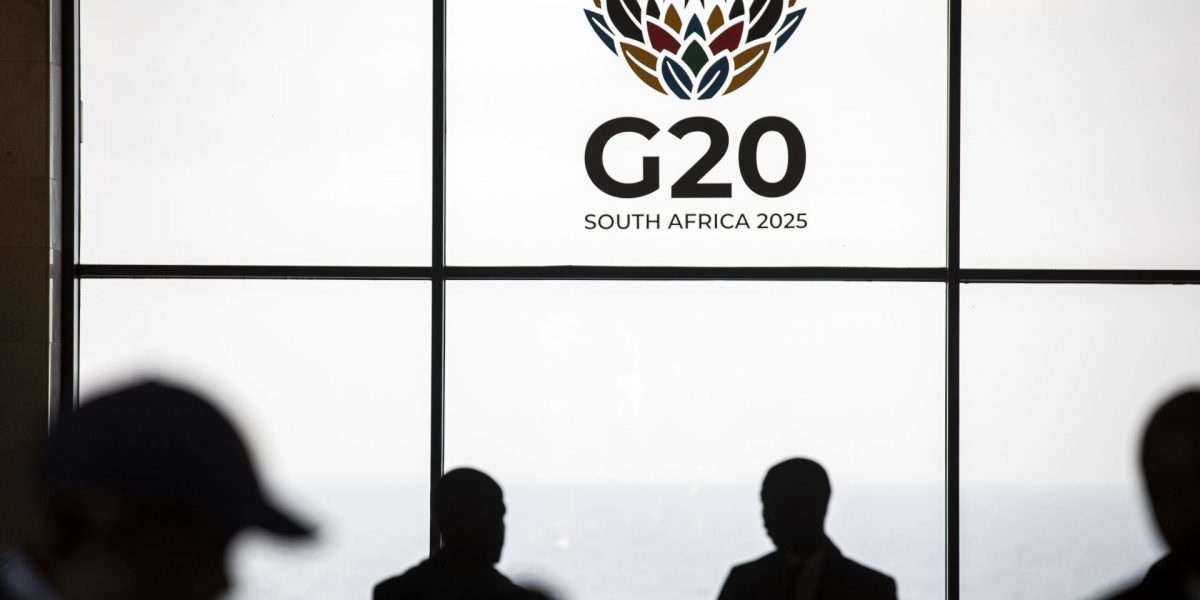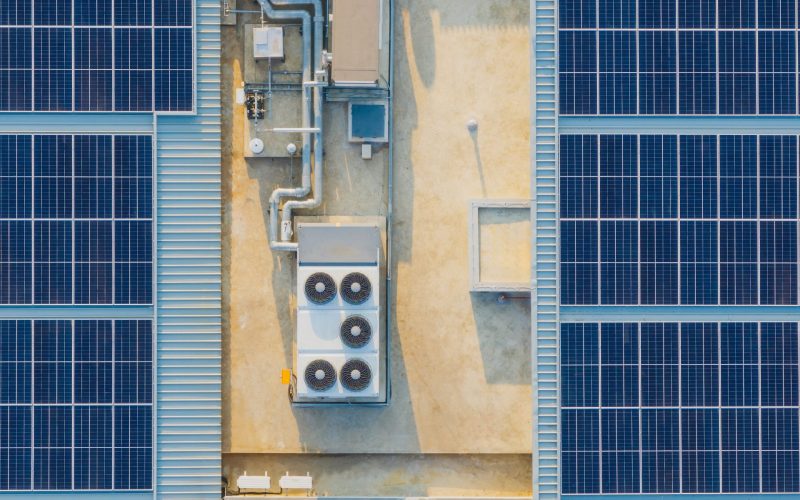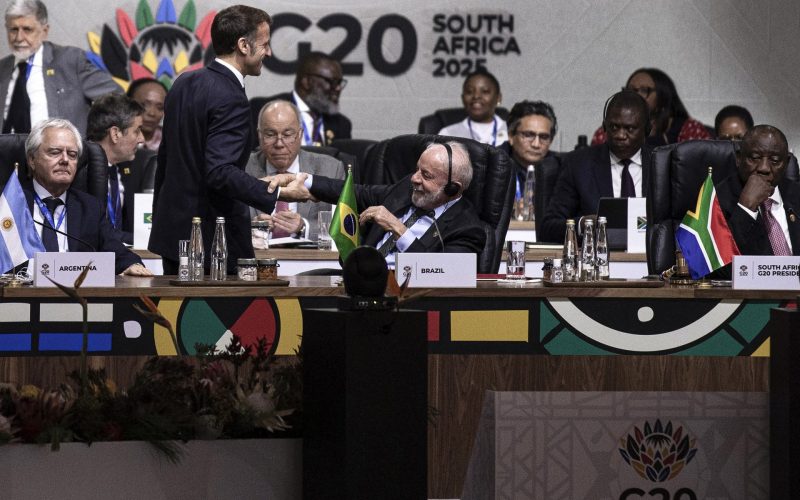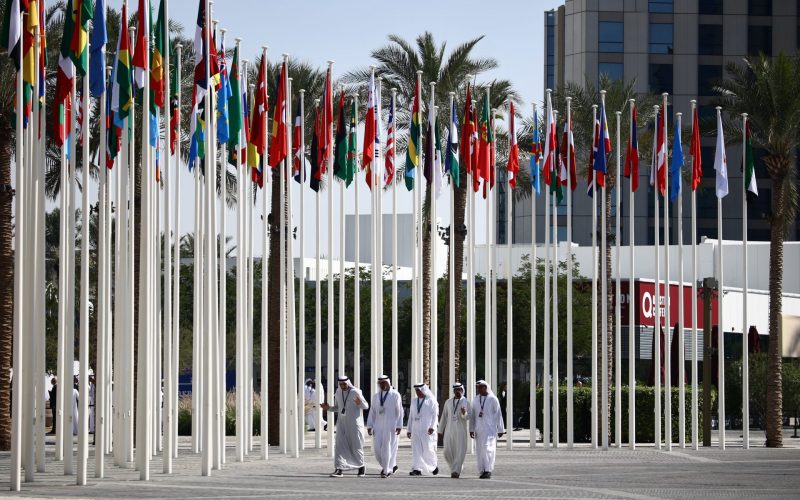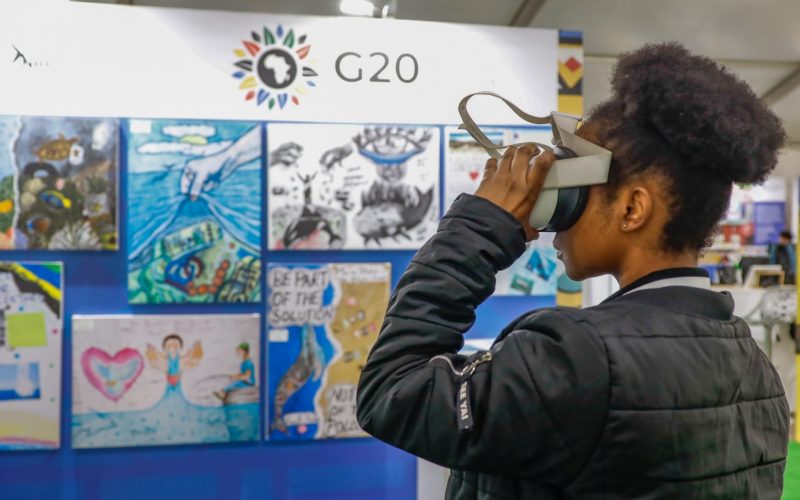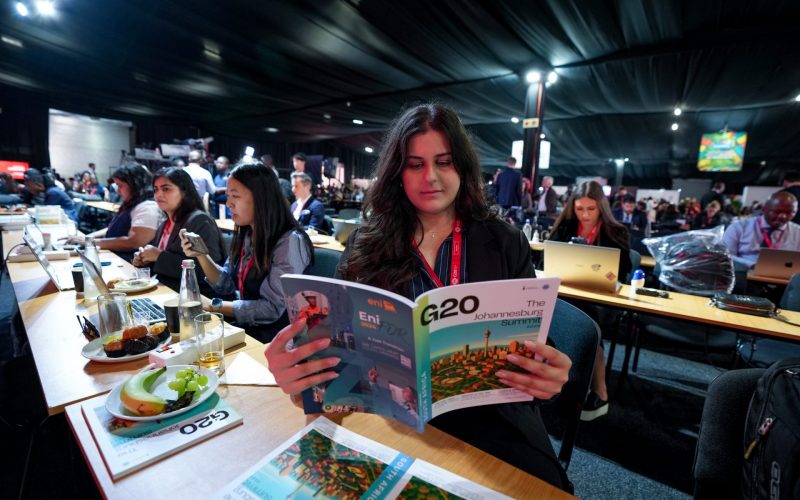Introduction
As climate impacts escalate in scale, frequency and unpredictability, Africa continues to bear the brunt disproportionately, with deepened vulnerabilities and the emergence of new risks. In 2024 the continent was warming faster than the global average, as reported by the World Meteorological Organisation, with record-breaking temperatures that averaged 0.86°C above the 1991–2020 baseline.1World Meteorological Organization, The State of the Global Climate 2024 WMO-No. 1368 (2025). The Global Centre on Adaptation2Global Center on Adaptation, Climate Risks in Africa State and Trends in Adaptation Report (2022). reported that the continent is warming at an alarming rate of 1.28°C, making it the fastest-warming region globally. This poses risks to critical sectors dependent on food systems; ecosystems and biodiversity; water availability; human settlements and infrastructure; health; economic growth; education; and heritage. The IPCC Sixth Assessment Report projected a warming of 3.2–4°C by the end of the 21st century that is expected to drive intensifying climate hazards such as prolonged droughts, erratic rainfall, extreme heat, floods, cyclones and accelerated sea-level rise. Structural vulnerabilities – including poverty, weak institutional capacity, limited early warning systems and heavy reliance on climate-sensitive sectors – further constrain the continent’s ability to adapt effectively. Without urgent scaled-up investment in adaptation, Africa could face a reduction of up to 50% in crop yields by 2050, with devastating implications for livelihoods, health and sustainable development.3Hans O. Pörtner, et.al., Climate Change 2022: Impacts, Adaptation and Vulnerability Working Group II Technical Support Unit (Intergovernmental Panel on Climate Change, 2022). Mobilising adaptation finance is therefore critical to safeguard Africa’s progress toward Agenda 2063 and the Sustainable Development Goals (SDGs).
Adaptation finance aims to reduce the vulnerability of human or natural systems to climate impacts by enhancing adaptive capacity and resilience.4Morgan Richmond, “Adaptation finance: Six key steps for structuring instruments that deliver results”, Climate Finance Lab, 2024. Due to Africa’s acute exposure to climate risks, the UNEP Adaptation Gap Report 2024 estimated that the continent requires between $187–359 billion annually to finance climate adaptation, yet only $28 billion was mobilised globally for adaptation in 2022.5UN Environment Programme, Adaptation Gap Report 2024 (2024). According to the UNDP, Africa received $108.7 billion in total climate finance over the 2011–2021 period, with a skewed distribution to Eastern Africa, which received the largest share at $43.9 billion. This was followed by West Africa at $34.2 billion, Southern Africa at $19.8 billion, North Africa at $10.0 billion and Central Africa at $10.8 billion.6UN Development Programme, Climate Finance in Africa: An overview of climate finance flows, challenges and opportunities (2024) In 2021/22, the Climate Policy Initiative (CPI) tracked $43.7 billion, showing that 2022 marked the first year in which climate finance flows exceeded $50 billion.7Climate Policy initiative, Landscape of Climate Finance in Africa 2024 (2024). Nonetheless, the CPI and UNDP warn that Africa’s flows must quadruple by 2030 to meet climate targets, and that adaptation investment alone faces an 80% shortfall. South Africa’s G20 presidency is a critical opportunity to champion increased adaptation finance from all sources, particularly grant-based and non-debt-creating flows. At the same time, it can create incentives for mobilising private sector investment in climate resilience in terms of support for the effective development and implementation of National Adaptation Plans (NAPs) across Africa.
As of October 2024, only 22 African countries had formally submitted their NAPs to the United Nations Framework Convention on Climate Change (UNFCCC).8UN Framework Convention on Climate Change, National Adaptation Plans 2024: Progress Report UNFCCC LDC Expert Group (2024). Many other African countries are at various stages of developing or integrating adaptation priorities into national policies. The finance needed to implement these plans remains grossly inadequate, fragmented and misaligned. Progress has been made in technology transfer and capacity building, yet the most persistent barrier is the chronic underfunding of adaptation efforts, especially for vulnerable and marginalised communities. Much of the available finance is delivered as debt-creating loans rather than grants, compounding fiscal stress in already vulnerable economies. The Green Climate Fund (GCF), the largest dedicated climate fund, has approved $6.3 billion for 125 projects in 50 African countries with 55% ($3.5 billion) allocated to adaptation. However, implementation has fallen short, with only 27% of targeted beneficiaries having been reached and just 1% progress recorded on water resilience.9GCF Africa Portfolio Overview, presentation not made public, 2024. The Adaptation Fund (AF) and the Global Environment Facility have been more limited in scale and slow to disburse funds, which further constrain timely adaptation.10Global Environment Facility, GEF Programming Strategy on Adaptation to Climate Change Third LDCF/SCCF Strategy Meeting (2022). Meanwhile, philanthropic contributions are growing but remain largely absent from official OECD tracking, leaving key data gaps. This fragmented landscape highlights the urgent need for scaled-up, predictable and grant-based finance that aligns with NAPs.11OECD/UNDP, Investing in Climate for Growth and Development: The Case for Enhanced NDCs (OECD Publishing, 2025).
Recent G20 developments in climate and finance provide an opportunity to amplify Africa’s adaptation finance priorities through the Sustainable Finance Working Group (SFWG). In 2024, the SFWG endorsed the G20 Sustainable Finance Roadmap, which prioritises the mobilisation of capital for adaptation in vulnerable regions, although implementation remains uneven. South Africa’s presidency offers a pivotal opportunity to leverage these platforms to push for the operationalisation of the New Collective Quantified Goal (NCQG) at COP30, scaling grant-based adaptation finance and centring Africa’s NAPs in G20 Finance Track discussions.


